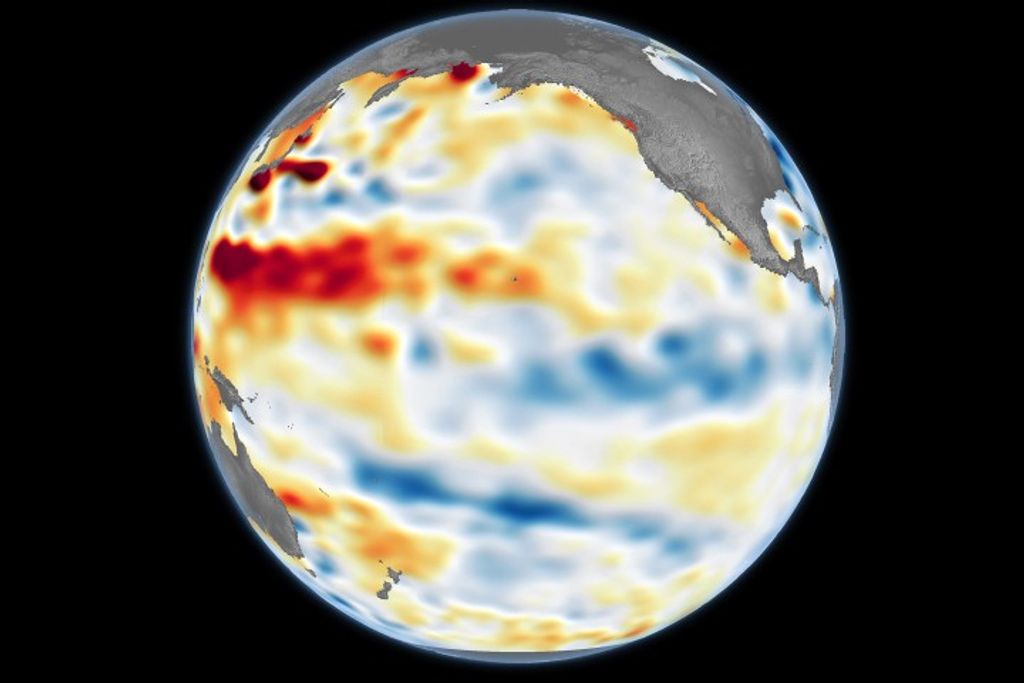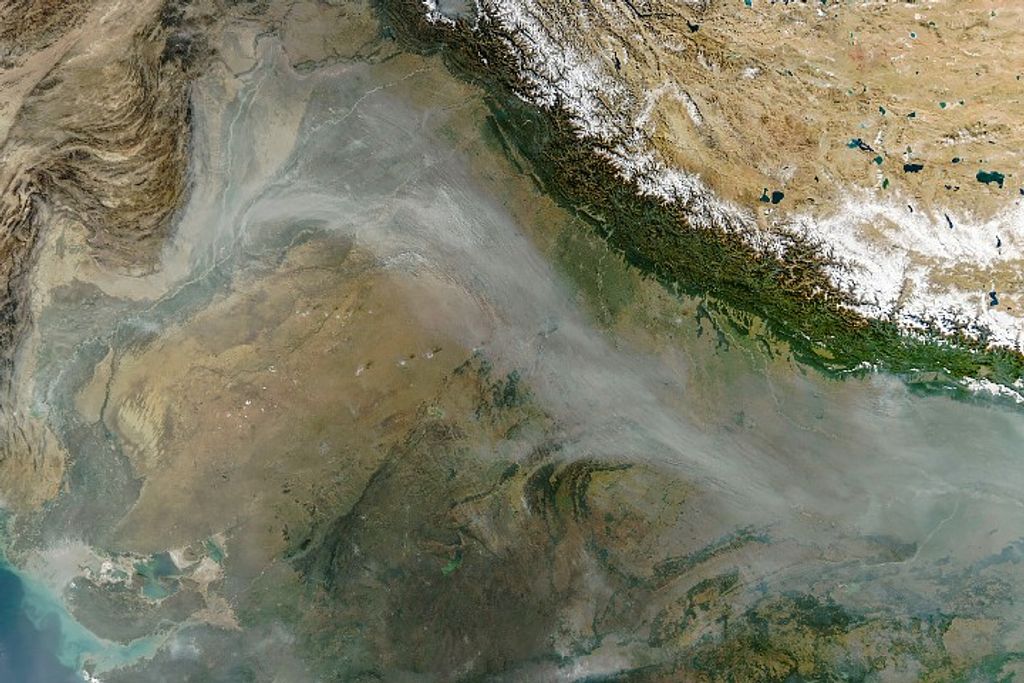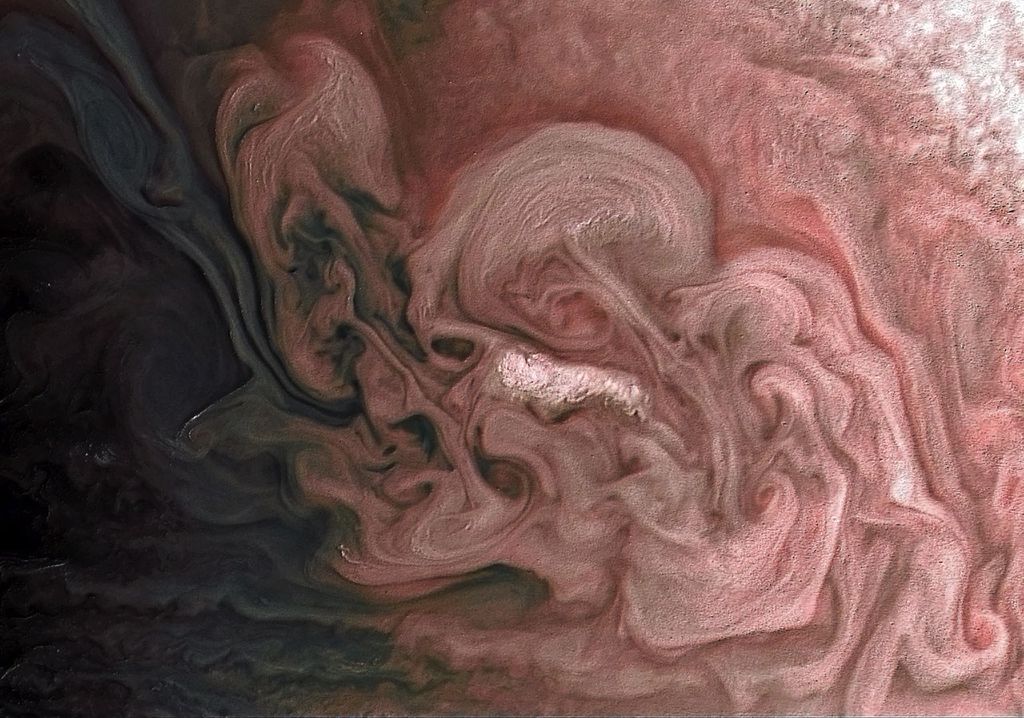1 min read
Beta Pictoris Cat’s Tail Animation
This is an animation portraying the creation of the cat’s tail, as hypothesized by a team of astronomers. This structure, which is seen in the southwest portion of Beta Pic’s secondary debris disk, is estimated to span 10 billion miles.
Scientists hypothesize that the cat’s tail is the result of a dust production event—like a collision—that occurred a mere one hundred years ago. Initially, the dust created follows the same orbital direction as its source, and then starts to spread out. The star’s light pushes the smallest, fluffiest dust particles away from the star faster, while bigger grains do not move as much, creating a trail of dust.
From an edge-on perspective, the sharp incline of the cat’s tail is an optical illusion. Our perspective along with the curvature of the tail creates the observed angle, while in fact, the tendril of dust is only departing from the disk at a five-degree incline.
- Release DateJanuary 10, 2024
- Science ReleaseNASA’s Webb Discovers Dusty ‘Cat’s Tail’ in Beta Pictoris System
- CreditAnimation: NASA, ESA, CSA, STScI, Ralf Crawford (STScI)
Downloads
Related Images & Videos
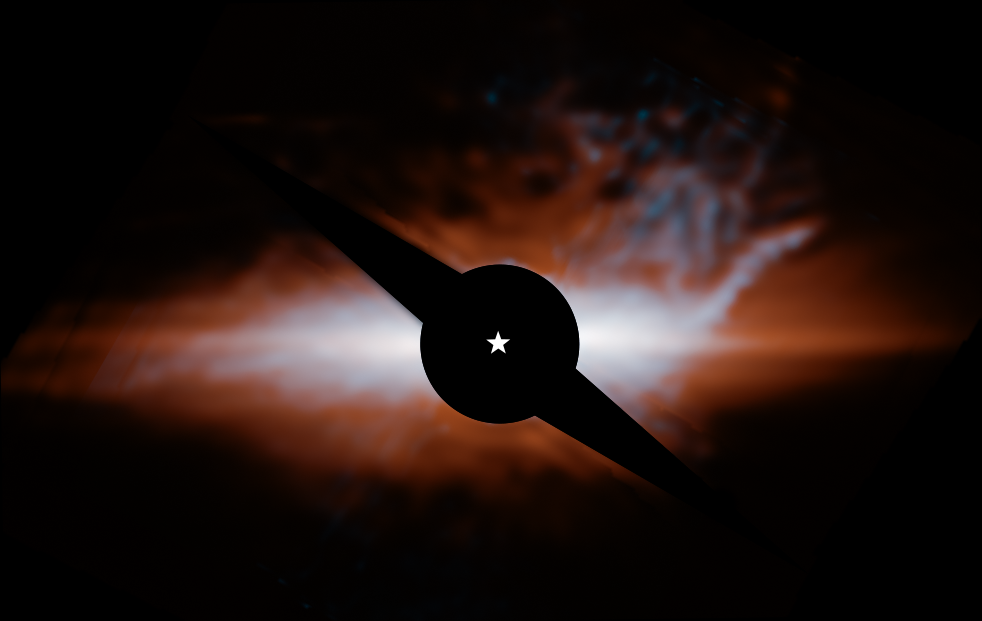
Beta Pictoris (MIRI Image)
NASA’s James Webb Space Telescope has imaged star system Beta Pictoris. Webb’s MIRI (Mid-Infrared Instrument) enabled a team of astronomers to investigate the composition of Beta Pic’s main and secondary debris disks—the latter feature previously detected by the Hubble Space...
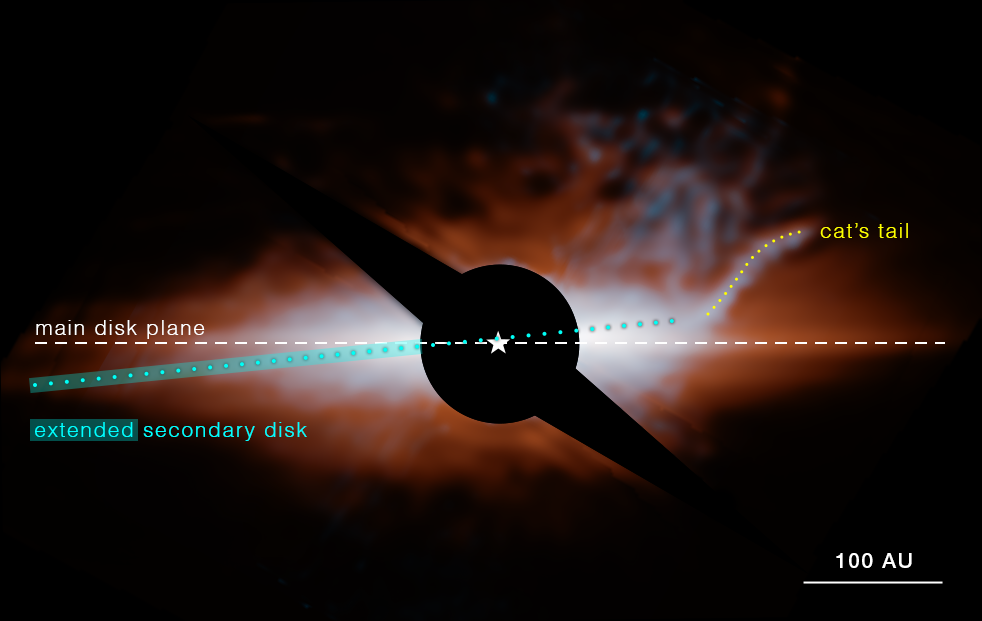
Beta Pictoris (MIRI Annotated Image)
Annotated version of the Beta Pictoris image captured by Webb’s MIRI (Mid-Infrared Instrument). A coronagraph (black circle and two small disks) has been used to block the light of the central star. Certain features are highlighted and labeled. A white line traces over the...
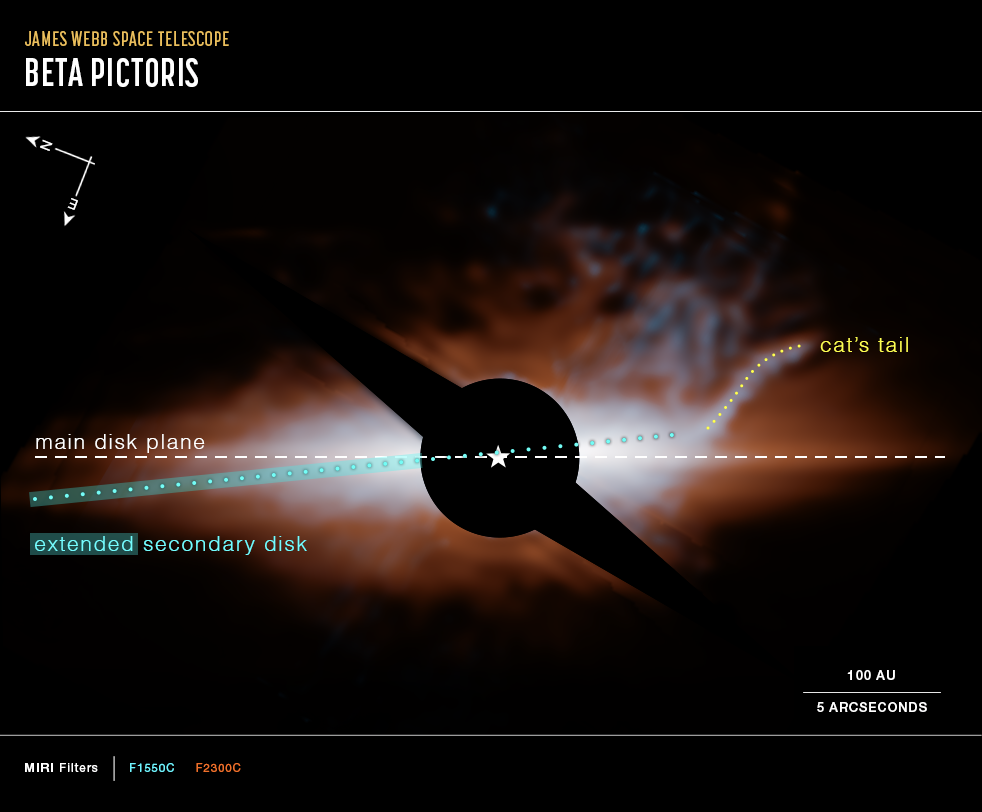
Beta Pictoris (MIRI Compass Image)
Annotated image of star system Beta Pictoris captured by Webb's MIRI (Mid-Infrared Instrument), with compass arrows, a scale bar, and color key for reference. The north and east compass arrows show the orientation of the image on the sky. Note that the relationship between north...
Share
Details
Laura Betz
NASA’s Goddard Space Flight Center
Greenbelt, Maryland
laura.e.betz@nasa.gov
NASA, ESA, CSA, STScI, Ralf Crawford (STScI)










